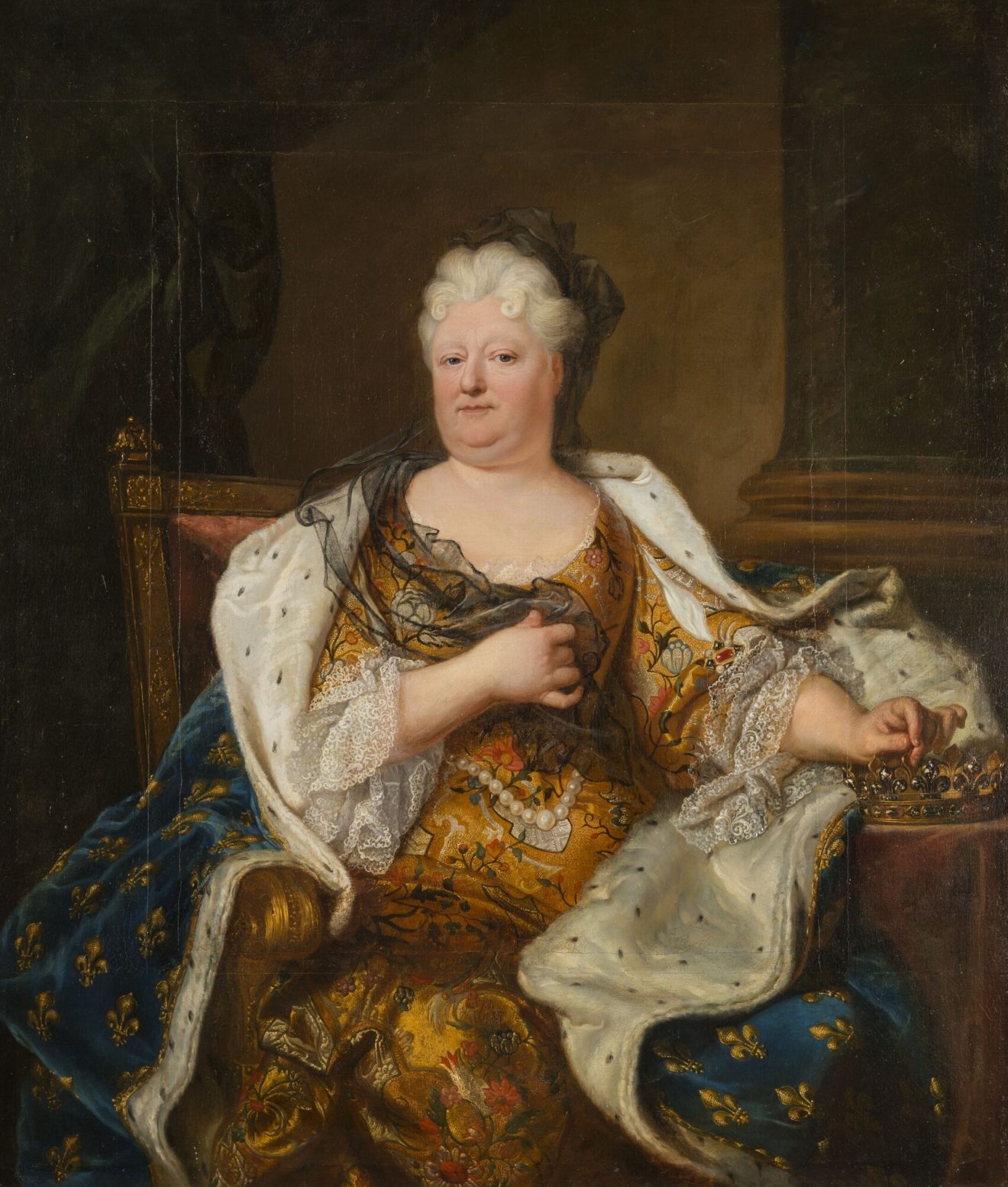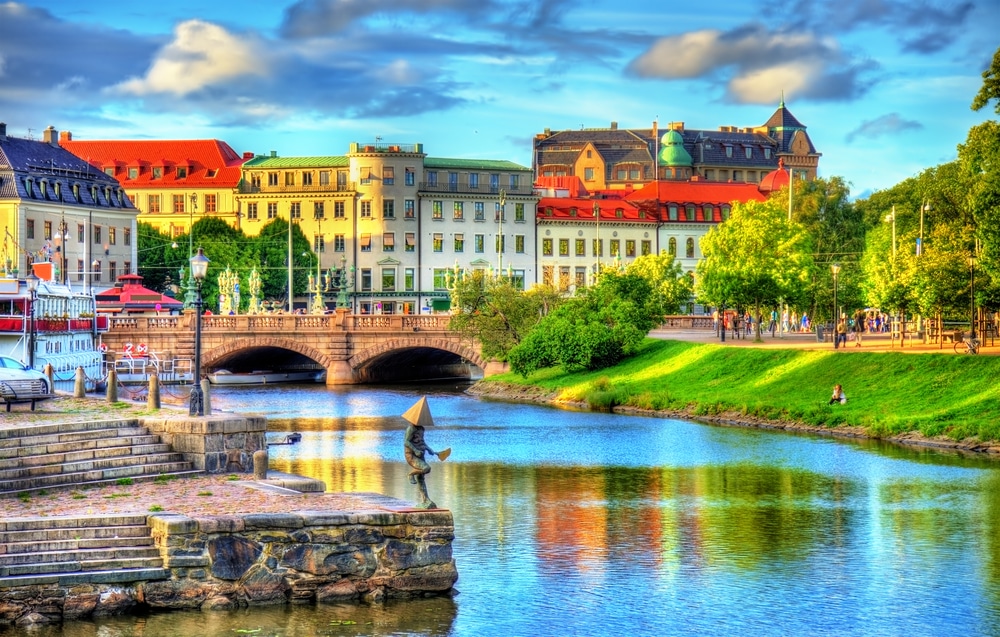- Home ›
- Germany ›
- Heidelberg
Electoral Palatinate Museum

The history of origins
The origins of the Kurpfälzisches Museum go back to 1878. Since 1810, Charles de Graimberg had been interested in the history of the Palatinate dynasty and Heidelberg Castle and had acquired an extensive collection. This consisted of paintings, documents, graphic images, medals, coins and weapons, but also included porcelain from the Frankenthal manufactory and sculptures. In 1878, the city of Heidelberg bought this collection. In 1908, the Kurpfälzisches Museum was moved from Heidelberg Castle to the Palais Morass, which dates from 1712, and opened as the "Städtische Kunst- und Alterthümersammlung". In the meantime, the collection had grown considerably due to numerous archaeological finds. These included, above all, the discovery of the remains of the Roman Neckar Bridge. In 1991, the new building was opened, linking old and new museum areas. In 2002, the Electress Elisabeth Augusta's silverware was acquired by the Electoral Palatinate Museum as the only completely preserved silverware from the 18th century that belonged to the Electress.
The individual departments
The journey through time at the Electoral Palatinate Museum begins in the Palais Morass with its diverse collections and furnished period rooms directly behind the baroque archway. On about 1,500 square meters, spread over seven rooms on two floors, the Archaeological Department presents prehistoric and early history as well as the "Homo erectus Heidelbergensis". A life-size diorama illustrates the everyday life of a Neolithic family. Many finds from Heidelberg's soil underpin the respective eras, which reach back to the heyday of the Electoral Palatinate. One focus is on the Roman period. The 4,000-year history of the Heiligenberg is presented in a separate room. In the painting department, mainly works of regional artists from the 15th to the 20th century are shown. Many paintings as well as sculptures from the 12th to the 20th century are distributed throughout the Kurpfälzische Museum and accompany the visitor through the respective epochs. The holdings of the graphic arts department include approximately 7,000 watercolors and drawings as well as 13,000 prints. They are often presented only in special exhibitions. The extensive collection of the arts and crafts department includes medals and coins as well as glass, Frankenthal porcelain and furniture. Since 2002, it has also included the textile collection, which was founded by Max Berk in 1978. The history of Heidelberg is told from the Middle Ages and extends into the 20th century.



